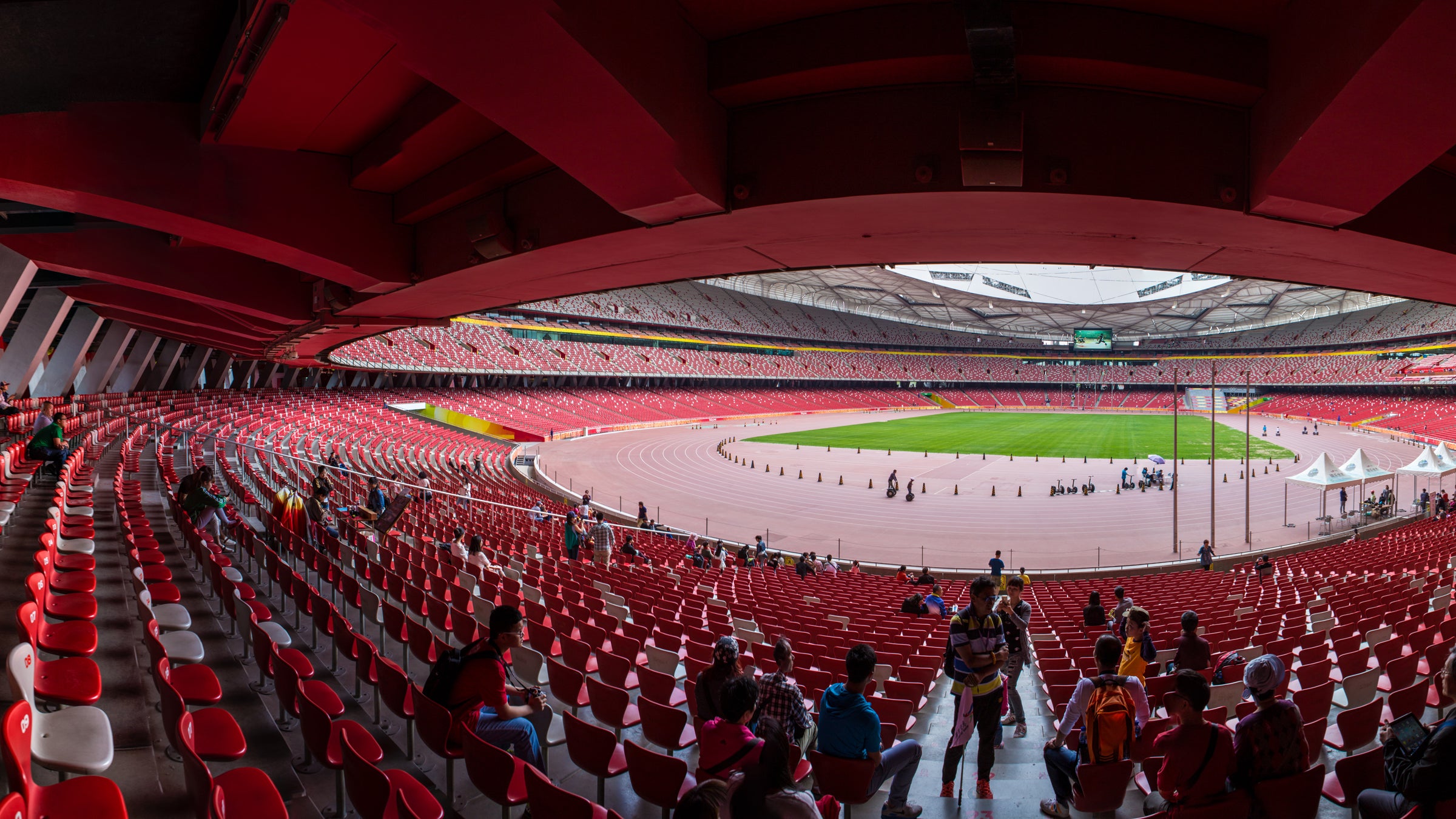The International Olympic Committee announced Wednesday that it will use new screening methods to retest athlete samples from the 2008 Beijing Summer Olympics for steroids and erythropoietin (EPO). The statute of limitations on doping sanctions is 10 years after initial testing.
¡°Even if it¡¯s five or 10 years later, it¡¯s really an important thing to do,¡± IOC medical director Richard Budgett . ¡°It¡¯s not ideal. You want to do it as close as possible to the time, but if you¡¯ve got no option but to do it later, then that¡¯s what you have to do.¡±
Budgett said that a small portion of the 4,000 samples taken in 2008 have already been retested based on allegations of endemic doping in Kenya and Russia. However, at the time of initial testing, there were no positives to report. The timing of the latest push to retest is also focused on preventing dopers from competing in the 2016 games in Rio de Janeiro.
Retesting samples in years following the games has consistently revealed doping positives. Five athletes, including 1,500-meter gold medalist Rashid Ramzi of Bahrain, were stripped of medals after samples from the 2008 Olympics were retested following the development of a new testing method for the blood booster CERA. Five athletes from the 2004 Olympics were revealed as dopers after retesting in 2012, including shot-putter Yuriy Bilonog of Ukraine, another gold medalist.


